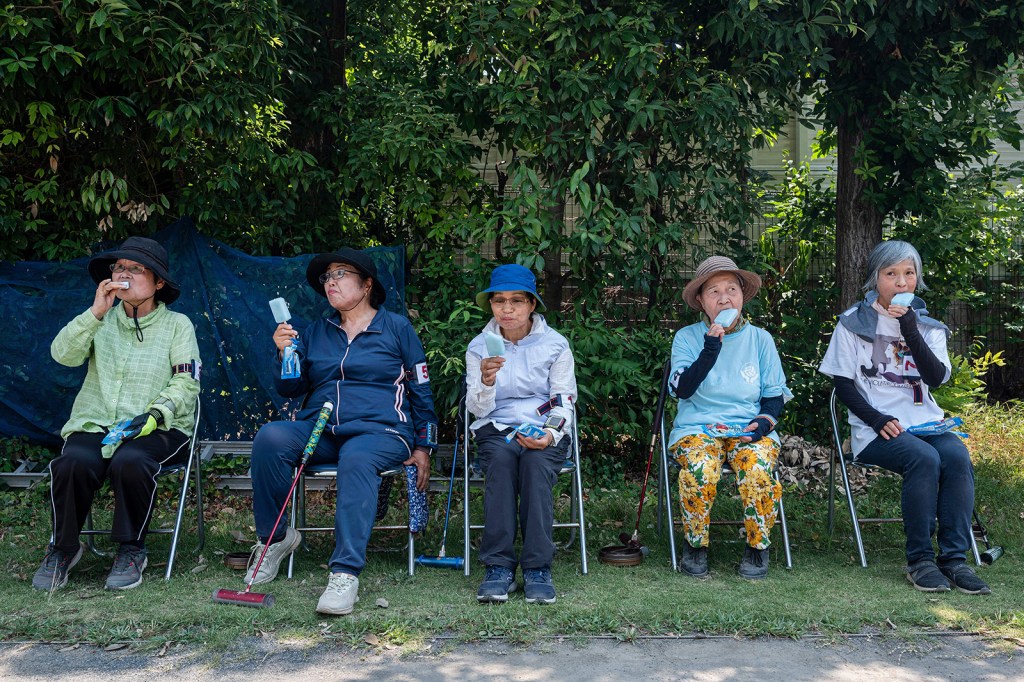Around the world, wealthy countries are struggling to afford long-term care for rapidly aging populations. Most spend more than the United States through government funding or insurance that individuals are legally required to obtain. Some protect individuals from exhausting all their income or wealth paying for long-term care. But as in the United States, middle-class and affluent individuals in many countries can bear a substantial portion of the costs.
Here’s how five other countries pay for long-term care.
Japan
Long-term care insurance is mandatory for Japanese citizens age 40 and over, while in the United States only a small portion of people voluntarily obtain coverage. Half the funding for Japan’s program comes from tax revenues and half from premiums. Older adults contribute 10% to 30% of the cost of services, depending on their income, and insurance picks up the rest. There is a maximum amount people must spend from their income before the insurance covers the remainder of the cost. Workers can also take up to 93 days of paid leave to help relatives with long-term care needs. Japan assigns a care manager to each person using services; each manager oversees about 40 older adults. In 2020, Japan spent 2% of its gross domestic product on long-term care, 67% more than the United States spent that year.
The Netherlands
The Dutch have included long-term care in their universal health care system since 1968. One public insurance program pays for nursing homes and other institutional settings, and another pays for nursing and personal care at home. Enrollment is mandatory. Dutch taxpayers contribute nearly 10% of their income toward insurance premiums, up to a set amount. Out-of-pocket payments amount to about 7% of the cost of institutional care. General taxes pay for a third program in which municipalities provide financial assistance and social support for older people living at home. There is no…
Read the full article here







